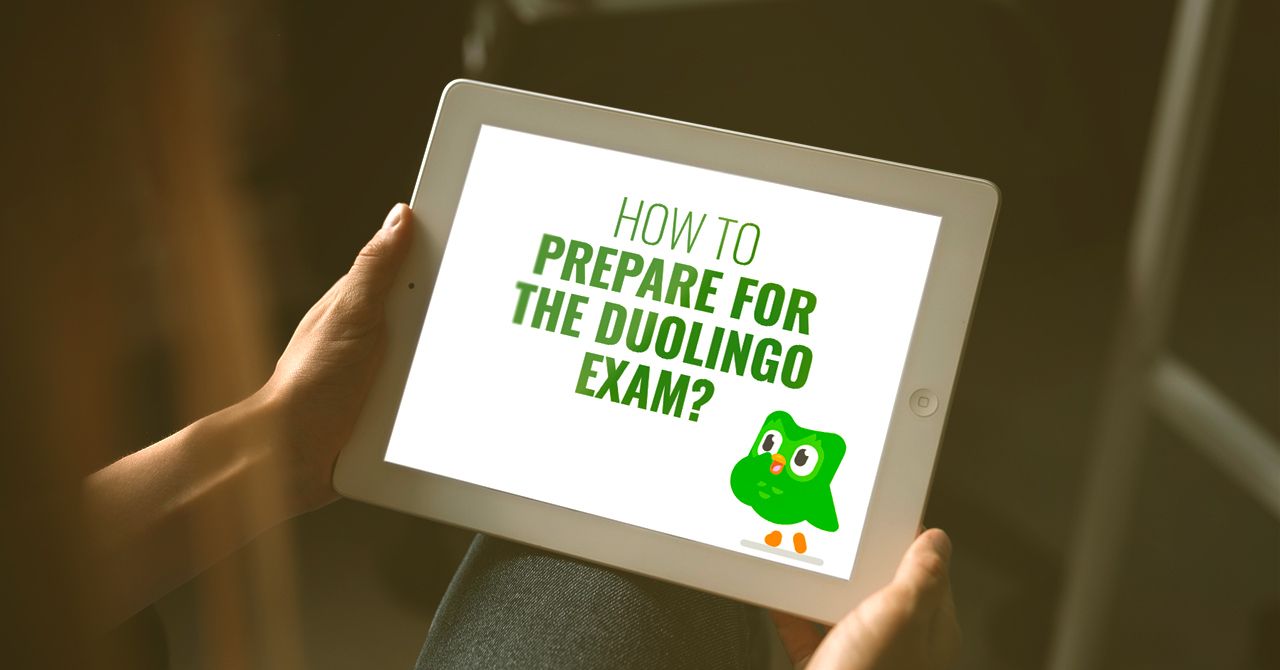English
Find lots of useful information for learning English. Don't miss our new articles.

Setup or Set Up: How to Use Them Correctly
The two words belong to a different part of speech and have different meanings, so using the wrong one can confuse the reader and cause possible misunderstandings.

How to Prepare for the Duolingo Exam?
I have seen many helpful blog posts on the IELTS exam and various English exams. But I have rarely come across Duolingo exam articles.

Meaning, Origin, Synonyms, and Antonyms of “Woah”
“Woah” originated as a common misspelling of the word “whoa” whose origin dates as far back as the 17th century (meaning this word is nearly 400 years old!).

10 Best Podcasts to Learn English and Improve Your Language Skills
Podcasts take little time and allow you to practice English and broaden your horizons. Below are ten pages of interesting podcasts for both beginners and advanced speakers.

How to Use the Phrase “at Wits’ End”
When someone says they’re “at their wit’s end,” it suggests they have negative feelings or thoughts. It does, however, imply that they are upset and resentful.

“Into” vs. “In To”: What’s the Difference?
The single word “into” and the two-word combination “in to” have slightly distinct uses and meanings. To avoid common errors, keep in mind the next two rules.

What’s the Difference Between Till, Until, and ‘Til?
Many people wonder if they should be using till or until, and they’re wondering whether it matters.

TOEFL Challenges Students Face
What many students face on the verge of adversity at the start of their career paths is certain challenges during their studies for the TOEFL exams. Here are some reasons why.